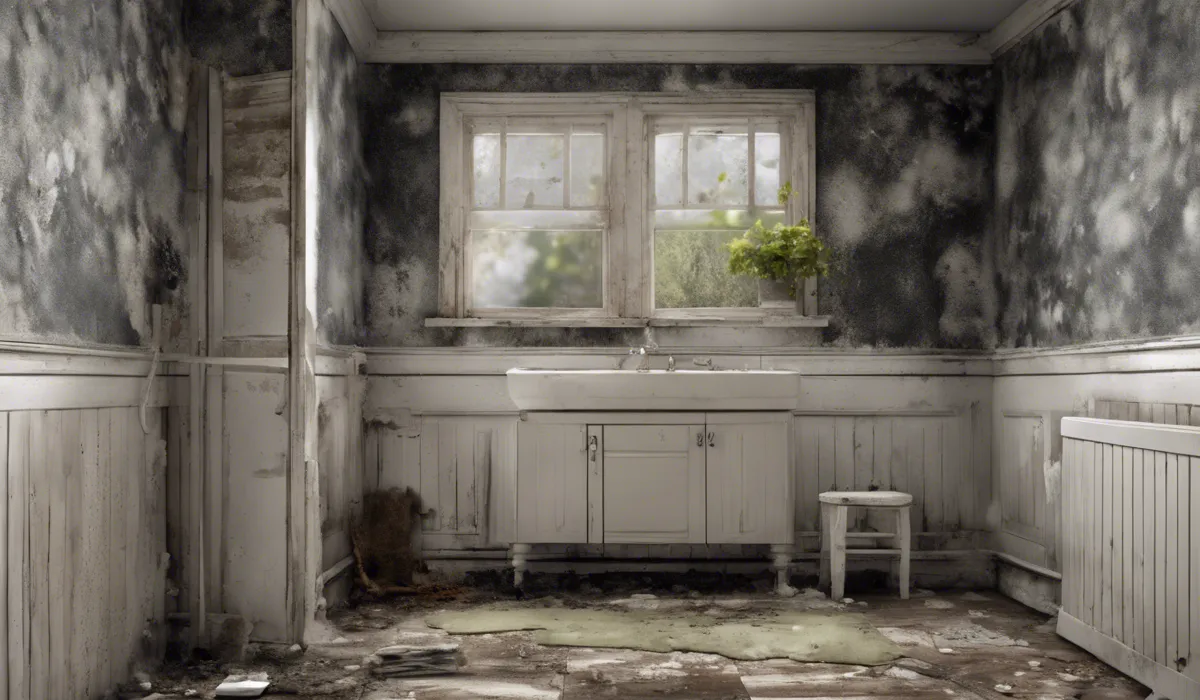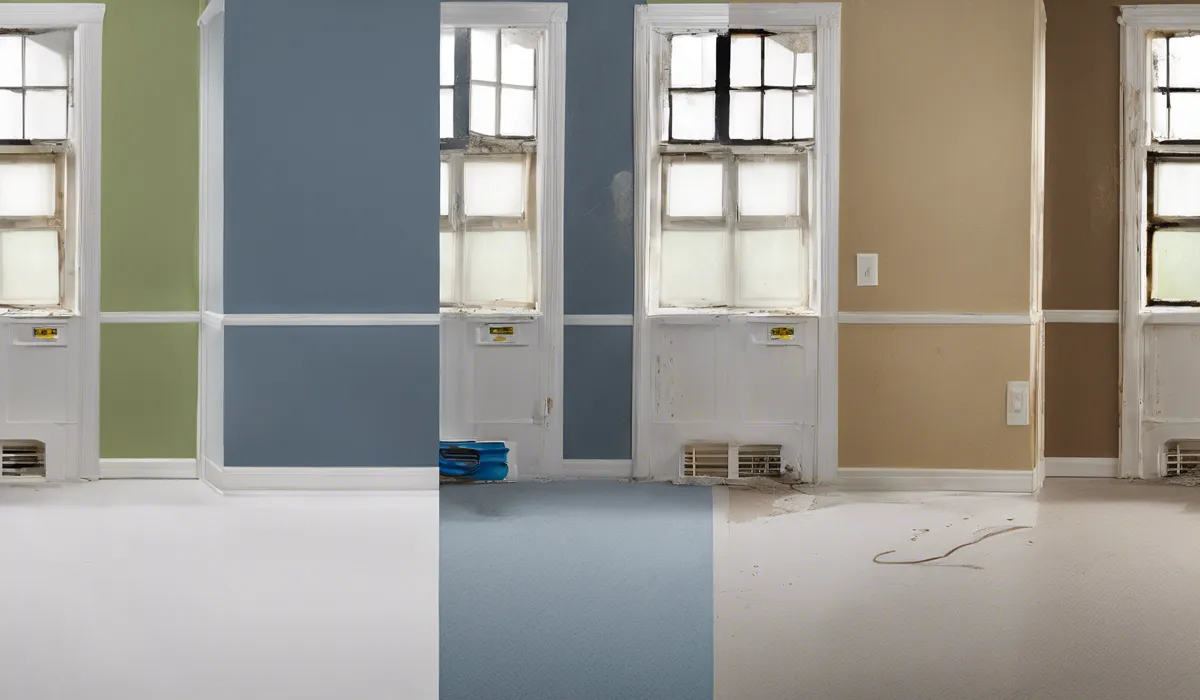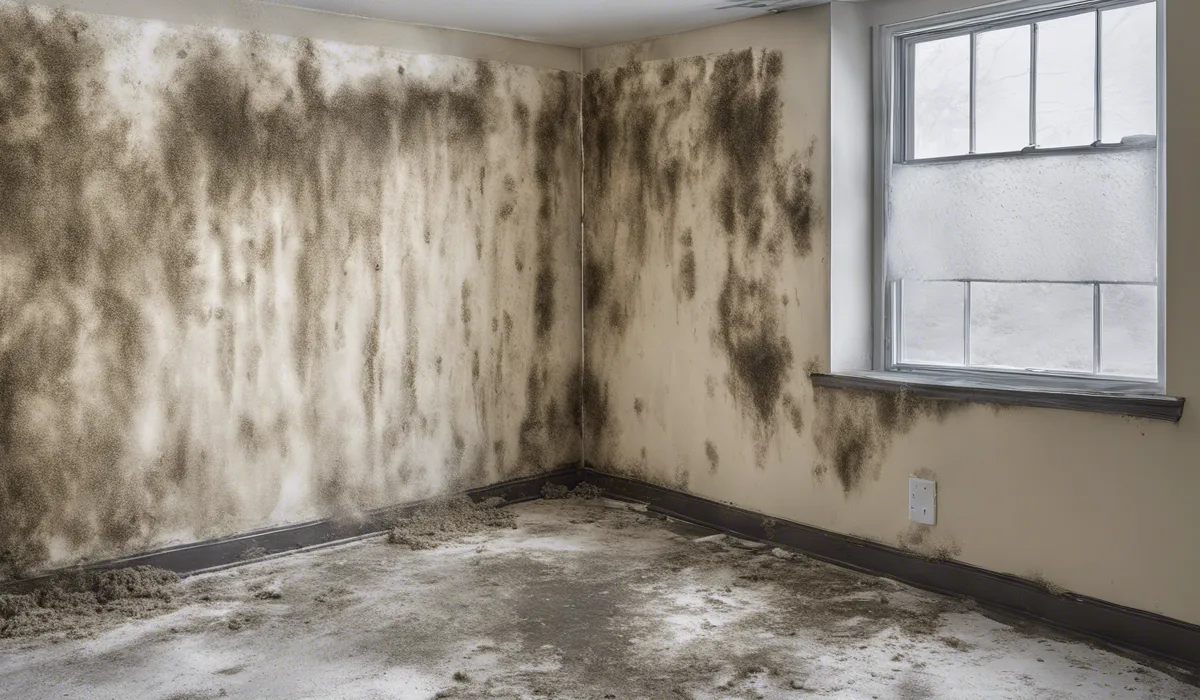Yes, professional removal is advised for extensive mold infestations, as experts use specialized equipment and methods to safely and effectively eradicate it, preventing health risks and property damage.
Understanding Mold and Its Risks

What is Mold and How Does It Grow?
Mold is a type of fungus that thrives in moist environments. It reproduces through spores that travel through the air, which can land and grow on surfaces under the right conditions.
Mold growth can often be found in damp areas, such as bathrooms, kitchens, and basements.
For mold to grow, it generally needs moisture, a food source like wood or drywall, warmth, and darkness. Unfortunately, our homes often provide the perfect conditions for mold to flourish.
Health Risks Associated with Mold Exposure
Exposure to mold can lead to various health issues, particularly for individuals with allergies, asthma, or compromised immune systems.
Symptoms can range from sneezing, coughing, and throat irritation to more severe respiratory problems.
For some people, mold can trigger asthma attacks or lead to the development of asthma in children. It is important to address mold issues promptly to minimize these health risks.
Situations When Mold Becomes a Hazard
Mold becomes a significant hazard when it is allowed to proliferate unchecked. Large infestations can impact indoor air quality and the structural integrity of a building.
When mold growth is extensive, or when it is hidden within walls or HVAC systems, it poses a more significant threat and becomes harder to remove, necessitating professional intervention.
When to Hire a Professional Mold Removal Service?

Extent of Mold Infestation and When Professional Help is Necessary
Professional mold removal is advised when the infestation covers an area larger than ten square feet, or if the mold is in HVAC systems.
Professionals have the tools and knowledge to tackle large-scale infestations safely and effectively, ensuring that the mold is thoroughly eradicated and unlikely to return.
Types of Mold That Require Professional Remediation
Some types of mold, such as black mold (Stachybotrys chartarum), are particularly hazardous and should always be handled by professionals.
They have the protective equipment and expertise necessary to deal with these toxic varieties without risking health.
Benefits of Professional Mold Removal
Professional mold removal services can accurately diagnose the extent of the problem, use specialized equipment to safely remove mold, and take preventative measures to avoid future growth.
They can also provide valuable advice on how to maintain a mold-free environment, ensuring the health and safety of the building’s occupants.
Legal and Safety Considerations for Landlords and Commercial Properties
Landlords and owners of commercial properties have a legal responsibility to maintain a safe environment for tenants and customers.
Mold infestations can lead to legal actions if not addressed promptly and professionally. Hiring a professional service ensures compliance with health and safety regulations and can prevent costly lawsuits and damage to reputation.
DIY Mold Removal vs. Professional Remediation

Scenarios Appropriate for DIY Mold Removal
DIY mold removal may be suitable for small areas of mold, commonly found around shower stalls or windows where condensation gathers.
If the area is less than ten square feet and the mold is on a non-porous surface, you might be able to handle it using household cleaners and proper safety gear.
Risks and Limitations of DIY Mold Removal
While tackling mold on your own might seem cost-effective, it comes with risks. DIY methods can disturb mold spores, causing them to become airborne and spread.
Without proper safety measures, you can also expose yourself to health risks. Moreover, DIY solutions might not address the root cause of the mold, leading to its return.
Tools and Equipment Used by Professionals
Professionals use high-grade equipment, such as HEPA vacuums, air scrubbers, and dehumidifiers, to remove mold.
They also utilize personal protective gear and containment methods to prevent the spread of spores during the remediation process.
What to Expect from a Professional Mold Removal Process?
A professional mold removal process starts with an assessment of the infestation. Professionals then contain the area, remove the mold, and treat the space to prevent future growth.
Post-remediation, they will usually perform air quality tests to ensure the mold has been effectively removed.
How to Choose a Reputable Mold Removal Service?
When selecting a mold removal service, look for certified professionals with experience and positive reviews.
Ensure they follow strict safety protocols and can provide a detailed plan of action. Asking for references and before-and-after photos of previous jobs can also help in making an informed decision.
FAQs About Professional Mold Removal
Do I always need a professional to remove mold?
Not always. Small mold infestations can often be handled with DIY methods, but professional removal is recommended for large or extensive mold issues to ensure safety and effectiveness.
What makes professional mold removal necessary?
Professional mold removal is necessary when the infestation is extensive, as experts have the right equipment and techniques to remove it safely and prevent further property damage and health risks.
Can mold come back after professional removal?
Mold can return if the underlying moisture problem isn’t addressed, even after professional removal. Continuous moisture control is essential to prevent recurrence.
Is professional mold removal worth the cost?
Yes, professional mold removal is often worth the cost for large infestations, as it ensures the mold is eradicated safely and comprehensively, protecting your health and your property.
Are there health benefits to having mold removed professionally?
Absolutely. Professional mold removal helps mitigate health risks associated with mold exposure, such as allergies and respiratory issues.
Final Thoughts
Professional mold removal is imperative for extensive infestations. Specialists employ advanced equipment and techniques, ensuring the mold is eradicated safely and thoroughly.
This is crucial to mitigate health risks associated with mold exposure and prevent structural damage to the property, underlining the importance of expert intervention in such situations.
